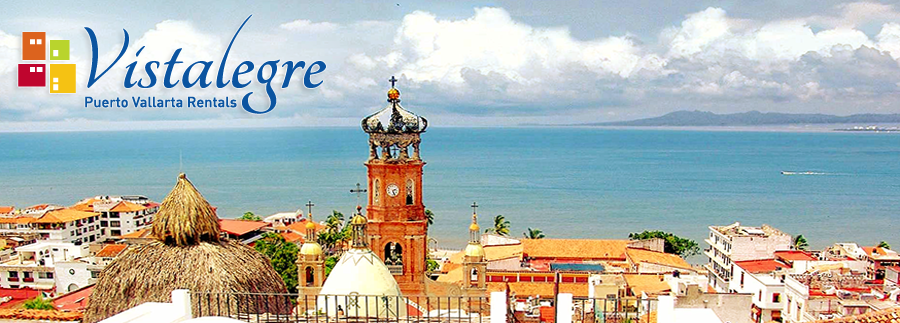Weather in Puerto Vallarta

Endless summer?
One of the most remarkable aspects of Puerto Vallarta is its unusually consistent weather when compared to vacation destinations around the world. Indeed, the weather in the area may be held up as the gold standard of a tropical climate, with over 320 sunny day per year on average.
Although the temperature rises slightly during the summer months of July to October, the weather rarely strays drastically from the formula of sunny skies and highs in the mid 80 degree range (30-32C). This makes the Banderas Bay area an extremely attractive place to visit year-round, and contributes to its reputation as one of the country's premier tropical utopias.
Summer in Puerto Vallarta
Nights during the summer are cool and comfortable, with lows rarely dipping below 75 degrees (23C). This makes the area an ideal scene for nightlife as visitors and residents alike dance and drink the night away on the musical streets of the city. The gentle sea breeze that constantly flows in from the Pacific Ocean at the edge of the city penetrates miles inland at a speed of 9 to 11 miles per hour and makes for especially comfortable sleeping weather with the windows open.
When is Rainy Season in Puerto Vallarta?
During rainy season, the amount of rainfall sharply rises, averaging over 10 inches (300 or more cm) monthly from June to September. This rainfall typically takes the form of drenching afternoon or evening showers that may seemingly pop up out of nowhere and last for an hour or less. In fact, the brilliant sunshine that bathes the Banderas Bay is of such an extraordinary quality that the streetswhich are specially constructed to prevent floodingare often as dry as before within a few hours after the rain stops.
However, it is important to recognize that the time of year designated as rainy season is an excellent time to discover what Puerto Vallarta has to offer as well. Even in the most rain drenched months, the city experiences 20 or more days of reliable sunshine, and activities such as fishing trips and nature exhibitions are rarely affected by these sudden downpours.
Traveling During Rainy Season
When all these signs are present, tourists have approximately 15 to 20 minutes to seek the shelter of a bar or sturdy beach umbrellaor prepare for a refreshing shower in the summer heat! This offers residents and visitors a unique perspective of a summer storm, as pillars of electricity flash dramatically in the sky and the falling rain washes quickly through the streets and into the sea.
From an infrastructure standpoint, Puerto Vallarta is built with rainy season in mind. The streets of the city have outstanding drainage, and local drivers typically take more care due to slightly lower visibility. This gives travelers the peace of mind to know if they happen to be caught outside or out on the town in a sudden summer storm, it will all be over in short order and their leisure time in this sunny clime can get right back on track.
Does Puerto Vallarta Get Hurricanes?
Back To Topics


